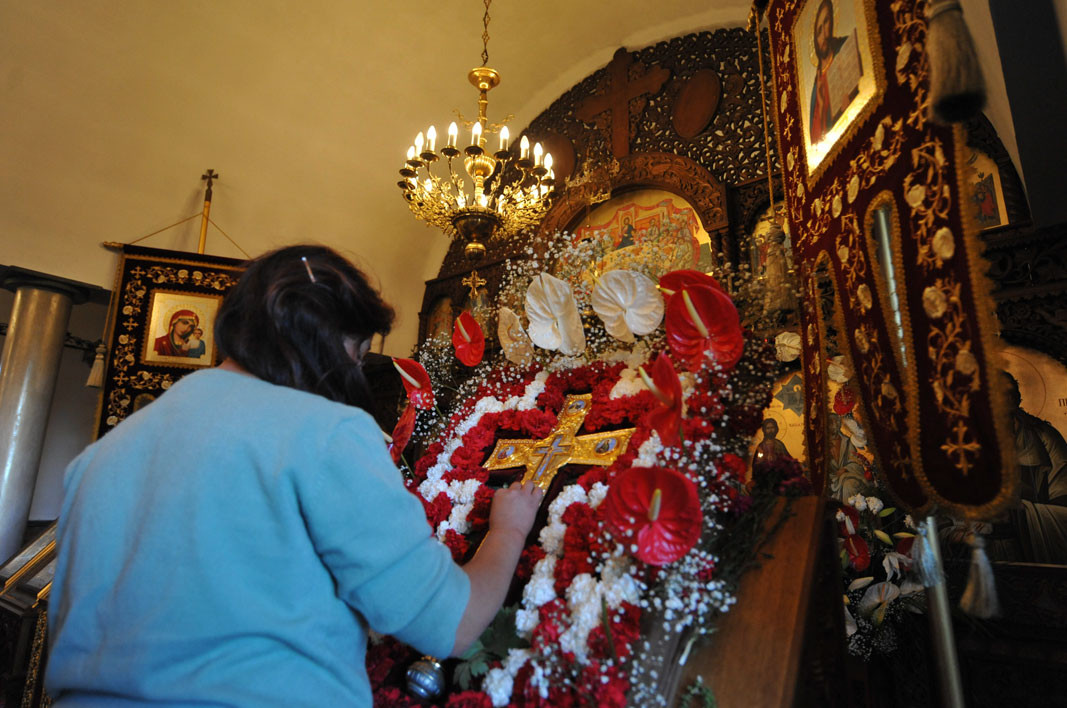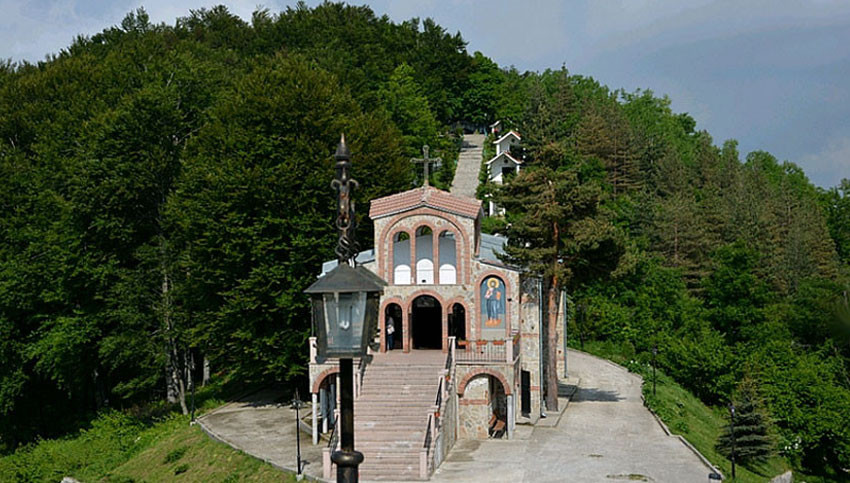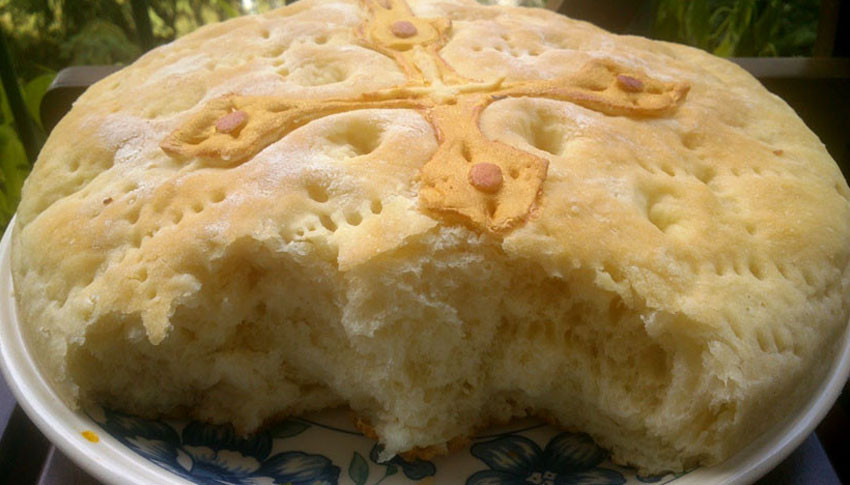On 14 September the Bulgarian Orthodox Church marks one of the big feast days on the clerical calendar – the Day of the Holy Cross – one of four days of the year when believers honour the cross of Jesus. The other days fall on the third Sunday of Lent, the fifth day of Holy Week – Good Friday, and on 1 August – Procession of the Venerable Wood of the Cross.

There are a great many legends connected with the day of the cross. According to one of them, it all started with a woman – the mother of Emperor Constantine the Great, Saint Helena. After searching far and wide, in Palestine she found the tomb where the body of Jesus Christ was laid down. With one of the three crosses she found in it she resurrected a man who had recently died. Saint Helena took a fraction of the cross with her and left the rest at the Church of the Holy Sepulchre. Years later, on 13 September the church was consecrated, and the faithful started to pray before the True Cross and venerate it.
The tradition has been carried over into Bulgaria as well – to Krastova Gora (Forest of the Cross) in the central Rhodope Mountain. Located some 200 kms. from Sofia, Krastova Gora attracts young and old alike – to pray for health and to be healed. It is believed that part of the Holy Cross is buried here.
Bulgarian Tsar Boris III (1918–1943) found out the story of Krastov (Cross) peak in the Rhodopes from a hermit who had dedicated himself to God. The hermit told him that he had been having visions that part of the Holy Cross lay hidden beneath the peak where there once rose a monastery which had been razed to the ground by the Turks during a raid. On that spot, according to his vision, a tall metal cross had to be erected.

On 1 May, 1936 a metal cross was put up on the mountain top, and after it was consecrated, a white dove led the crowd to the Western side of Krastov peak, and from the spot where it landed water gushed. That is why a second metal cross was erected there, and a small chapel, built on donations. In 1994 the cross donated by Tsar Boris III disappeared. It was found in the woods, and seven months later was placed inside the new church built there.
According to tradition a strict fast must be observed on Holy Cross Day, and the eldest woman of the house must bake a special ritual loaf of bread.

In farming, the Day of the Cross marks the start of the autumn farming season with the sowing of the winter crops. In some parts of the country this day is also known as grape-picking day, because it gives the start to grape-picking season.
Photo: BGNES, libraryIn 2024, the National History Museum sent expeditions to 22 archaeological sites. More than 1,400 artifacts were found during the season spanning the period from prehistoric times down to the Middle Ages. The most significant of these discoveries are..
From 31 January 2025, the first podcast about Bulgarian Orthodox communities abroad - Bridge of Faith - will be launched. The concept is the brainchild of the team of the Bulgarian National Radio's (BNR) overseas programme - Radio Bulgaria, and is being..
It is 131 years since the birth of Tsar Boris III, dubbed unifier. Boris Saxe-Coburg-Gotha found himself at the head of Bulgaria after the abdication of Tsar Ferdinand after the defeat of the country in World War I. The young monarch was crowned..

+359 2 9336 661
